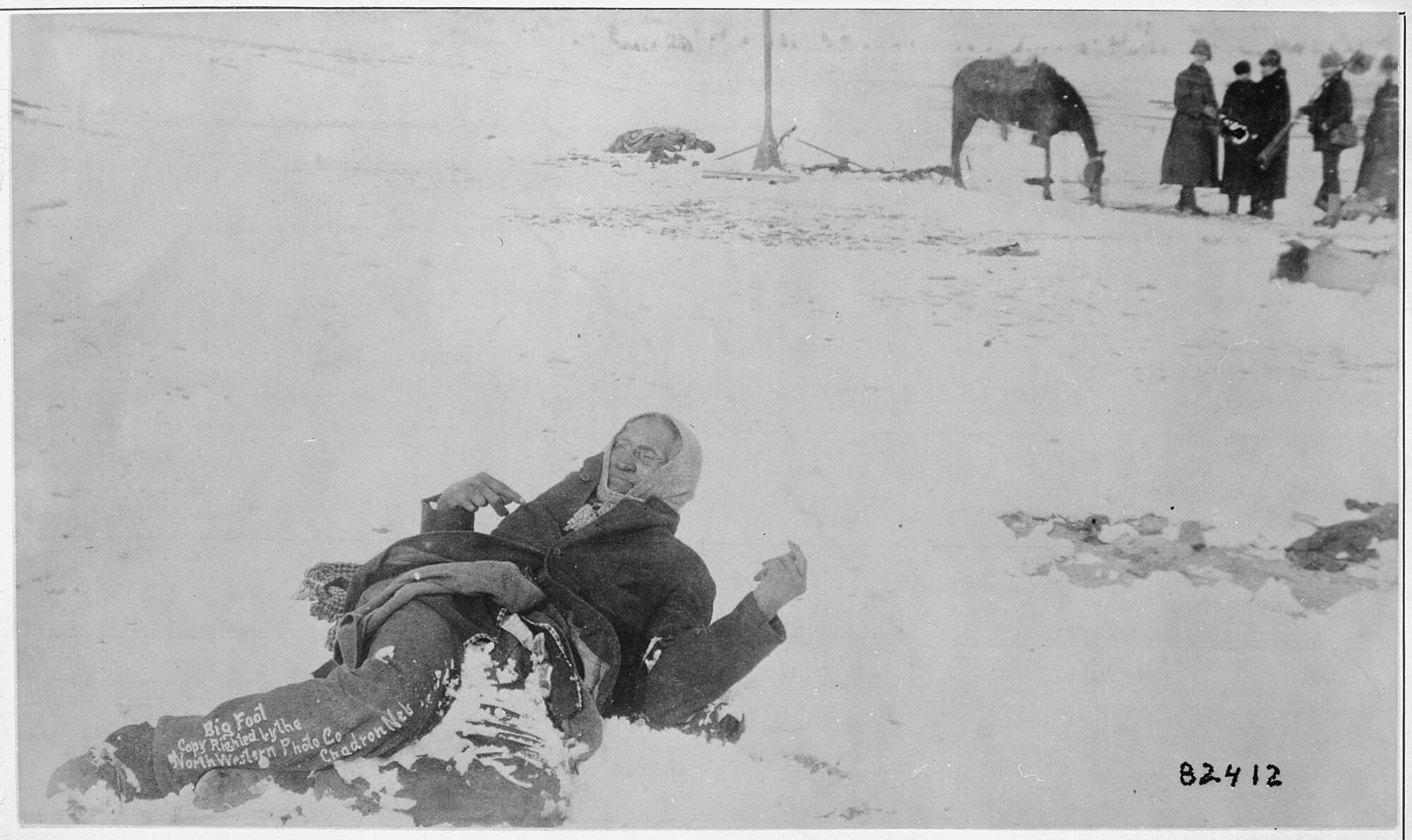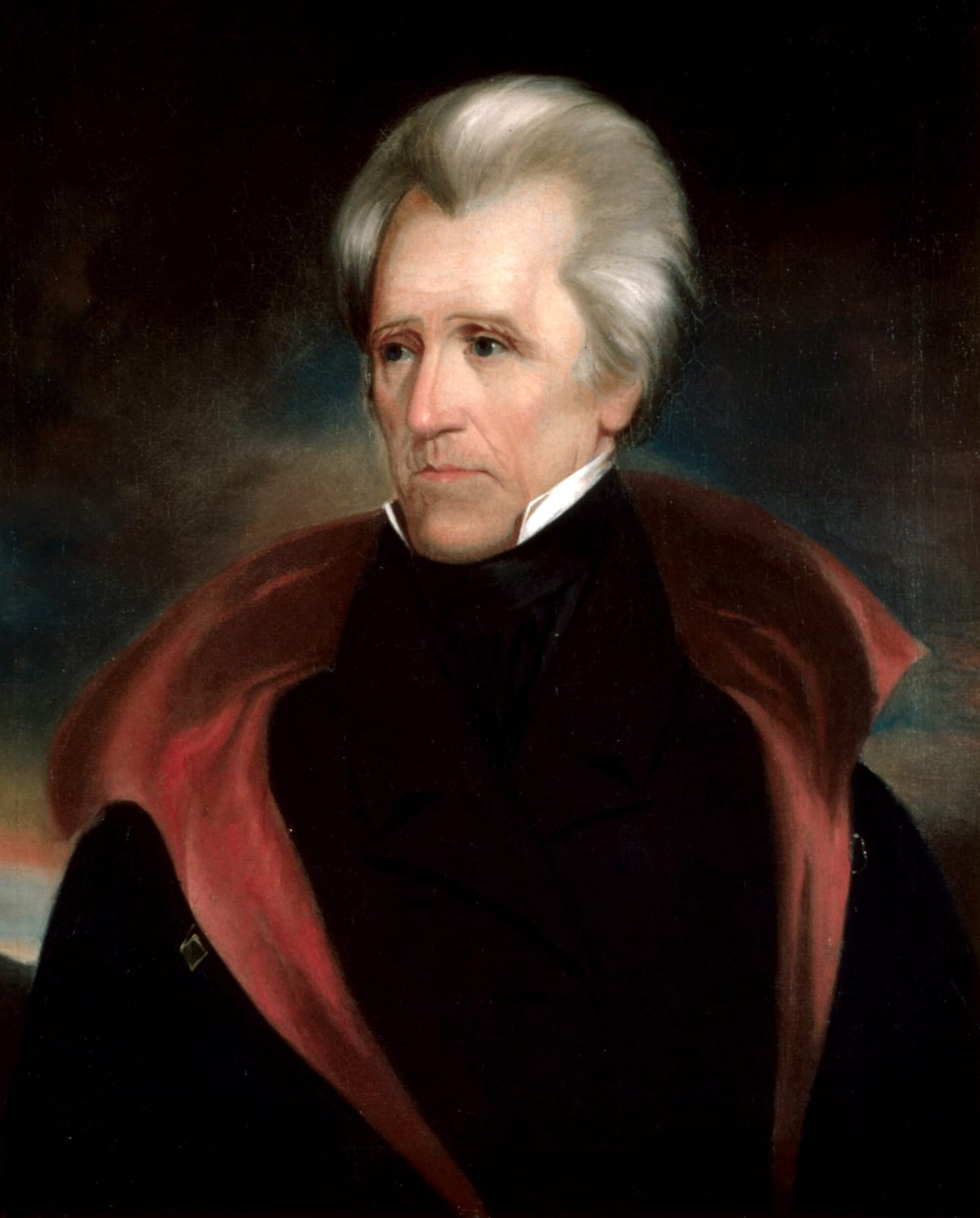History isn’t just a straight line of kings, battles, and treaties—it’s a sprawling tapestry of drama, absurdity, and tragedy, woven together with threads of irony and human ingenuity. December 29, a date that might seem ordinary at first glance, offers a vivid slice of this unpredictability, showcasing events that range from the profoundly transformative to the downright bizarre. On this day, history gave us everything from a martyred archbishop whose death redefined sainthood to frozen cows that forced park rangers into Hollywoodstyle problemsolving. Along the way, we encounter the brutal consequences of treaties and massacres, a fiery night that nearly brought London to its knees, and even a stretch of road that sings (albeit offkey).
1. 1170: Thomas Becket’s Bloody Exit—Medieval Drama at Its Peak
Picture this: a dark, chilly evening in Canterbury Cathedral. Candles flicker, monks chant, and the Archbishop of Canterbury, Thomas Becket, kneels in prayer. Suddenly, bam, in charge four knights like they’re auditioning for a medieval action flick. Their mission? Execute the archbishop. Their motive? A wildly misinterpreted rant from King Henry II, who allegedly said, “Will no one rid me of this turbulent priest?”
The knights, clearly lacking critical thinking skills, took this as a royal green light for murder. Swords flashed, blood spilled, and Becket was left dead on the cold cathedral floor. The fallout? Becket became a saint practically overnight, Canterbury turned into the Disneyland of medieval pilgrimages, and King Henry had to perform public penance, including a little thing called getting whipped by monks.
Moral of the story? Sarcasm and unchecked power don’t mix well. Oh, and maybe don’t hire knights who can’t read between the lines.
2. 1835: The Treaty of New Echota—The “Deal” That Broke a Nation
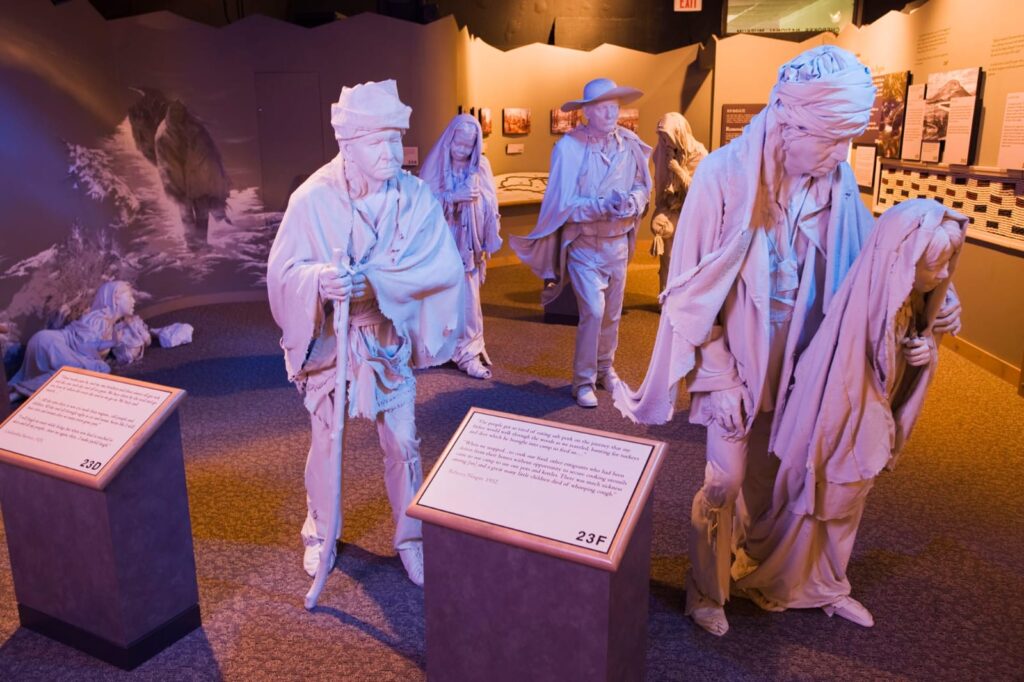
If bad ideas had Oscars, the Treaty of New Echota would win “Most Catastrophic.” Signed on December 29, 1835, this agreement was cooked up by a tiny faction of Cherokee leaders who decided to hand over their ancestral lands to the U.S. government. The catch? The majority of the Cherokee Nation never consented.
The treaty led to one of the darkest chapters in U.S. history: the Trail of Tears. Over 16,000 Cherokee people were forcibly removed from their homes and marched westward, with thousands dying from starvation, disease, and exhaustion.
The signers probably thought they were playing 4D chess with Uncle Sam. Spoiler: they weren’t. Instead, they set the stage for a tragedy that would stain American history forever.
3. 1890: The Wounded Knee Massacre—Tragedy on the Plains
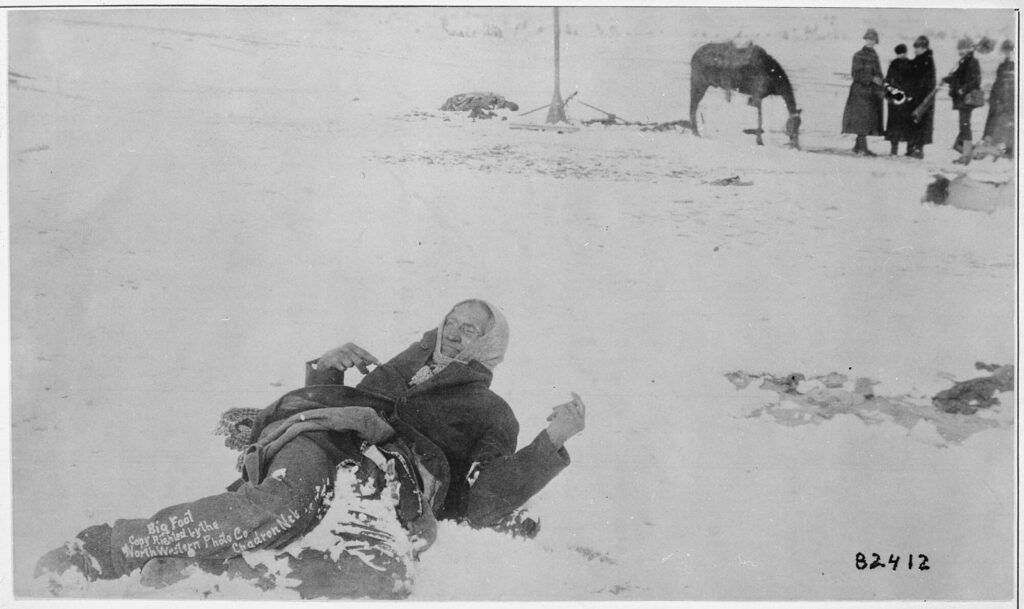
By the winter of 1890, tensions between Native Americans and the U.S. government were tighter than a rusted bear trap. On December 29, a group of Lakota Sioux, already starving and desperate, surrendered to U.S. troops near Wounded Knee Creek. They hoped for peace. What they got was carnage.
When a single gunshot (likely accidental) rang out, chaos erupted. The soldiers opened fire on the Lakota, killing over 250 men, women, and children. To add insult to unthinkable injury, the U.S. government handed out Medals of Honor to the soldiers responsible. Medals. For a massacre.
Today, Wounded Knee stands as a grim reminder of systemic oppression, a place where justice and humanity were buried under a hail of bullets.
4. 1934: Japan’s Naval Breakup letter—“It’s Not Me, It’s Militarization”
Breakups are never easy, but Japan’s December 29, 1934, announcement was less “we need to talk” and more “we’re building warships now, bye.” The Washington Naval Treaty had kept the world’s naval ambitions in check since 1922, but Japan decided it was time to throw caution—and diplomacy—to the wind.
Their reasoning? The treaty didn’t suit their “new direction,” which is diplomatic code for “we’re gearing up for war.” The world wasn’t exactly shocked, but it was a glaring sign that Japan was done playing nice and ready to rewrite the rules—on their terms.
Translation: World War II was looming on the horizon, and this was the naval equivalent of Japan packing its bags and leaving the group chat.
5. 1940: The Second Great Fire of London—Blitzkrieg’s Fiery Encore
December 29, 1940, wasn’t your average winter night in London. It was hell on Earth. The Luftwaffe unleashed thousands of incendiary bombs, turning the city into a flaming inferno. Buildings crumbled, homes burned, and the night sky lit up in shades of destruction.
Amid the chaos, the dome of St. Paul’s Cathedral somehow stood tall, silhouetted against the fiery wreckage—a haunting image that became a symbol of British resilience. Dubbed the “Second Great Fire of London,” this night was devastating, but the Brits weren’t about to let Hitler win. They kept calm, carried on, and made tea in the rubble.
Because if there’s one thing the Blitz couldn’t destroy, it was the British stiff upper lip—and their love of a good cuppa.
6. 1955: The Singing Road—Because Driving Needed a Soundtrack
What’s better than driving? Driving on a road that sings. In Lancaster, California, some brilliant (or bored) civil engineers created the “Singing Road,” a stretch of highway that plays the William Tell Overture when driven over at just the right speed.
Sounds fun, right? Unless you live nearby. Imagine hearing a slightly offkey rendition of dadadadum, dadadadum every time some speed demon floors it. Still, it’s a quirky piece of Americana and a rare win for drivers who’ve always dreamed of being conductors—of their cars, that is.
7. 1959: Feynman’s Nanotech MicDrop—“Think Small, People”
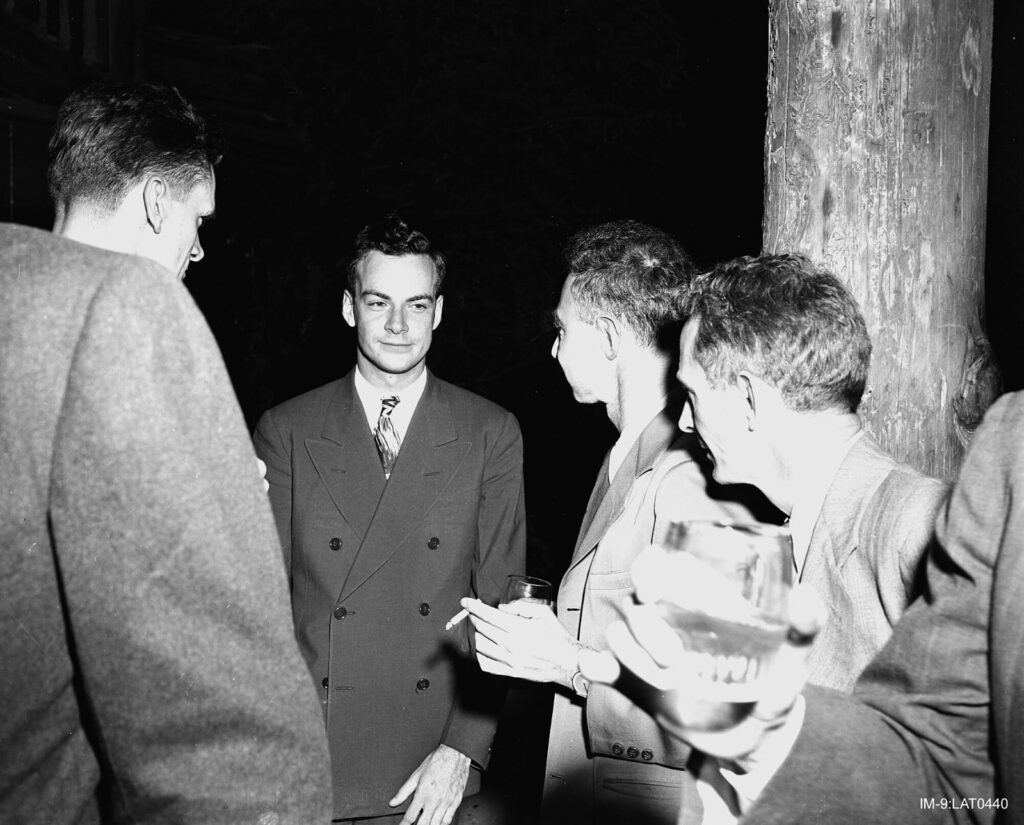
On December 29, 1959, Richard Feynman gave a lecture that blew minds and set the stage for the future of science. Titled “There’s Plenty of Room at the Bottom,” it proposed manipulating atoms and molecules to build tiny, powerful machines—what we now call nanotechnology.
At the time, people probably thought he was crazy. Fast forward to today, and nanotech is everywhere: medicine, manufacturing, and even sunscreen. Feynman didn’t just predict the future; he practically built the blueprint for it.
Takeaway? Sometimes, thinking small leads to big things.
8. 1980: Murdered by a Robot—Skynet’s Dry Run?
Robots were supposed to make life easier, not end it. But on December 29, 1980, a Japanese scientist became one of the first recorded victims of robotic homicide. An industrial robot, clearly not programmed for safety, pinned him against a machine, killing him.
This wasn’t some scifi thriller; it was a tragic glimpse into the growing pains of automation. Today’s robots are smarter (and hopefully less murdery), but this incident serves as a chilling reminder: Treat your machines with respect, or they might not respect you back.
9. 2003: Death of Akkala Sami—When Words Disappear Forever
Languages aren’t just words; they’re the keys to unique cultures, histories, and perspectives. On December 29, 2003, the last known speaker of Akkala Sami, an indigenous language from Russia, passed away, taking the language with them.
It’s a sobering reminder that languages are fragile things. When one dies, it’s like losing an entire world. Akkala Sami’s extinction was quiet, but its loss echoes loudly in the fight to preserve linguistic diversity.
10. 2006: The Great Frozen Cow Conundrum
And now for something completely absurd: In 2006, park rangers in Colorado discovered a herd of cows frozen solid inside an abandoned cabin. Apparently, the cows sought shelter from a blizzard but didn’t live to chew their cud another day.
The real problem? What to do with the bovine popsicles. The most explosive solution? Blow up the cabin to prevent contamination when the spring thaw hit. Yes, dynamite was seriously considered.
When life hands you frozen cows, sometimes the only answer is to channel your inner action hero and blow things up.
Final Thoughts
History isn’t just a dusty tome of dates and wars—it’s a kaleidoscope of chaos, tragedy, and the downright bizarre. December 29 proves that even the most random days can shape the world in unexpected ways.
So, next time you think history is boring, remember this: somewhere in the annals of time, sarcastic kings, singing roads, and frozen cows have left their mark.
